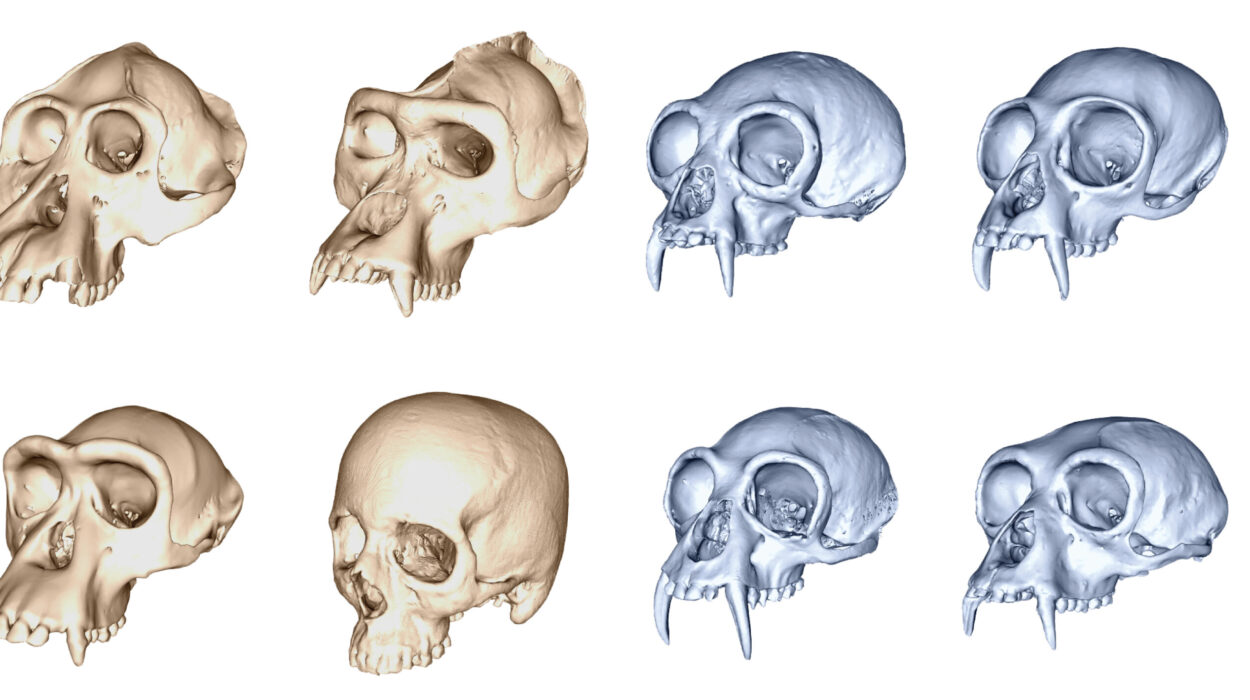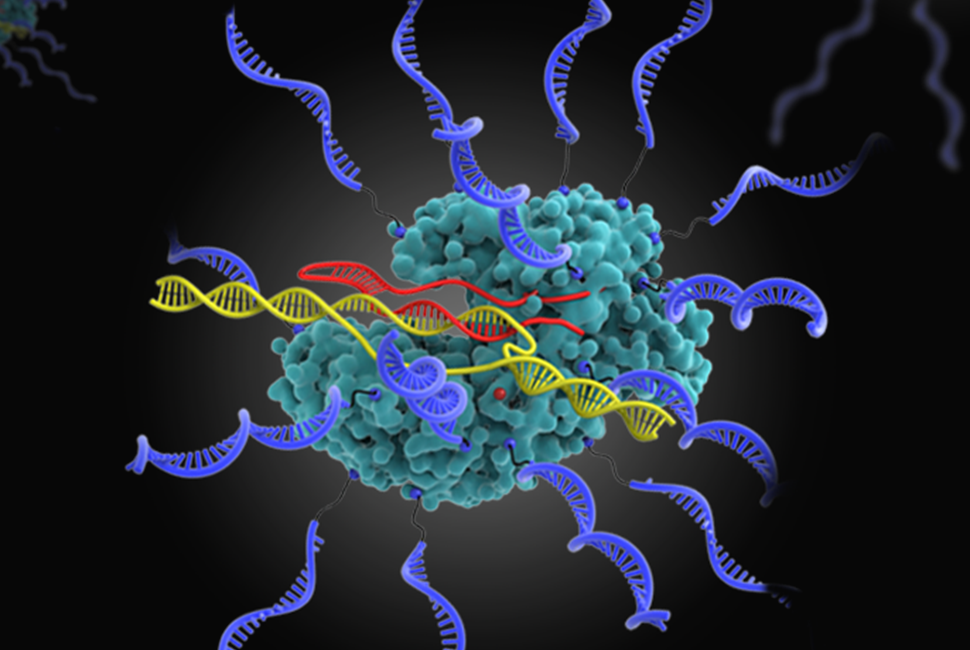In 1882, French naturalist Camille Viguier made a daring suggestion that would go on to intrigue scientists for over a century: he proposed that animals might have a magnetic sense—an ability to detect the Earth’s magnetic field and use it to navigate. It was a bold idea, one that not only captured the imagination of researchers but also set the stage for decades of inquiry. Yet, despite significant advances in animal behavior and sensory biology, one question remained frustratingly elusive: how exactly do animals, from migratory birds to sea turtles, detect the magnetic field?
The answer, it seems, was right under our noses—or rather, inside the heads of pigeons. For decades, the concept of magnetoreception, the ability to sense magnetic fields, was a speculative idea. That is, until a team of neuroscientists at LMU, led by Professor David Keays, unearthed the first real clues to how the magnetic sense works—resurrecting an idea first proposed by Viguier but long forgotten by science.
The Magnetism of the Inner Ear
In an unexpected twist, the researchers at LMU found that the magnetic sense might not only reside in the brain, but also in the inner ear—a place previously linked with balance, not the detection of magnetic fields. It turns out that Viguier’s hypothesis, dismissed in his time, may have been more accurate than anyone could have imagined. In his day, Viguier had speculated that the inner ear could play a role in generating small electric currents that interact with magnetic fields. The suggestion was dismissed by the scientific community, and for a long time, it seemed more like an unsubstantiated musing than a legitimate theory.
But in the modern day, Keays and his team weren’t about to let any possibility go unexplored. They conducted a groundbreaking study using state-of-the-art microscopy to examine the brains of pigeons exposed to magnetic fields. The results, published in Science, were astounding. Through their observations, they discovered something remarkable: a specific region of the pigeon brain, known as the vestibular nucleus, was activated in response to magnetic fields. This part of the brain, connected to the inner ear, was lighting up in a way that suggested it might be playing a pivotal role in processing magnetic information.
The findings were a breakthrough, marking the first time scientists had identified the circuits in the brain that are involved in magnetoreception. But the revelation didn’t stop there. The team also conducted genetic analyses of tissue from the pigeons’ inner ears—and that’s where things got even more interesting. They found that certain cells in the inner ear were equipped with highly sensitive electric sensors, cells similar to those found in sharks, which use them to detect the electric fields of their prey.
“We identified cells that are ideally equipped to detect magnetic fields using electromagnetic induction,” said Keays. “This is the same principle that powers wireless charging for your phone. The magnetic pulse is converted into an electrical signal, and for the pigeon, this process is what powers their natural GPS, helping them navigate across vast distances.”
A New Magnetic Sense
It’s easy to imagine how this discovery could revolutionize our understanding of animal navigation. Just as a GPS system relies on signals that are transmitted and converted into location data, pigeons are using the Earth’s magnetic field in a similar way to help them orient themselves and find their way home. But Keays and his team were quick to caution that their findings don’t represent the whole story. While this “dark compass” in the inner ear was an exciting breakthrough, it’s not the only magnetic sensing mechanism in nature.
“As exciting as our findings are, they represent just one piece of the puzzle,” Keays explained. “Our data suggests that there’s a magnetic sensor in the inner ear, but other research points to the possibility of a light-dependent compass in the visual system. It’s likely that magnetoreception has evolved in different ways in different animals, a phenomenon known as convergent evolution.”
Indeed, what this research highlights is the diversity of ways in which animals might perceive the Earth’s magnetic field. Some species may rely on light to help them navigate, while others—like pigeons—seem to have adapted to use the physical properties of magnetic fields themselves. The more researchers learn, the clearer it becomes that magnetoreception is far more complex and widespread in the animal kingdom than anyone had imagined.
Why This Discovery Matters
So why should we care about the pigeon’s magnetic sense, or the electrical sensors in its inner ear? What does it mean for us, in our human world, where the ability to navigate using the stars or the Earth’s magnetic field might seem irrelevant in the age of smartphones and GPS?
The implications of this discovery extend far beyond birds in flight. Understanding the biology of magnetoreception could have significant consequences for fields ranging from neuroscience to technology. By studying how animals detect and process magnetic information, scientists can uncover new mechanisms of sensory perception—mechanisms that may be hidden in plain sight. It might even inspire novel technologies that mimic the way animals navigate the world, offering insights into better navigation systems for humans or more precise tracking devices.
Moreover, the study of magnetoreception brings us closer to understanding the very nature of how living organisms interact with the Earth’s magnetic field. This can lead to broader discoveries about evolution, physiology, and the ways in which species have adapted to survive in a constantly shifting environment. The idea that we might one day replicate the pigeon’s natural GPS—by leveraging electromagnetic induction or even similar principles of wireless energy transfer—opens up a world of possibilities.
Perhaps most importantly, this discovery serves as a reminder of how much we still don’t know about the natural world. What might seem like a small, niche phenomenon—how pigeons navigate—turns out to be a window into the broader mysteries of life on Earth. The inner ear, once thought to only regulate balance, is now revealed as a key player in one of the most fascinating and mysterious senses known to science.
As Professor Keays so aptly put it, “Much remains to be discovered.” And while this is just the beginning of what could be a long journey into the complexities of animal navigation, it’s clear that the road ahead will be full of surprises.
More information: Gregory C. Nordmann et al, A global screen for magnetically induced neuronal activity in the pigeon brain, Science (2025). DOI: 10.1126/science.aea6425






